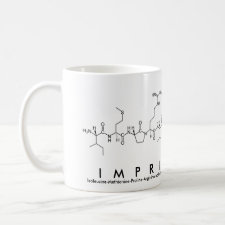
Authors: Morais EC, Correa GG, Brambilla R, dos Santos JHZ, Fisch AG
Article Title: Selective silica-based sorbent materials synthesized by molecular imprinting for adsorption of pharmaceuticals in aqueous matrices.
Publication date: 2013
Journal: Journal of Separation Science
Volume: 36
Issue: (3)
Page numbers: 636-643.
DOI: 10.1002/jssc.201200774
Abstract: The presence of pharmaceuticals in aqueous environmental matrices often requires efficient and selective preconcentration procedures. Thus, silicas (SILs) were synthesized by a molecular imprinting technique using an acid-catalyzed sol-gel process and the following drugs as templates: fluoxetine, gentamicin, lidocaine, morphine, nifedipine, paracetamol, and tetracycline. The materials were subjected to sorbent extraction assisted by ultrasonic treatment to remove the drugs and the consequent formation of molecular imprinted cavities. The surface area of the resulting materials ranged from 290 to 960 m2/g. Adsorption tests were performed with the molecular imprinting phases. In terms of the potential selectivity, the SILs were subjected to the adsorption of drugs from samples such as potable and surface water. The adsorption capacity remained in the range between 55 and 65% for both matrices, while for the nonimprinted SIL it remained between 15 and 20%
Template and target information: fluoxetine, gentamicin, lidocaine, morphine, nifedipine, paracetamol, acetaminophen, tetracycline
Author keywords: adsorption, drug, molecular imprinting, silica, sol-gel



Join the Society for Molecular Imprinting

New items RSS feed
Sign-up for e-mail updates:
Choose between receiving an occasional newsletter or more frequent e-mail alerts.
Click here to go to the sign-up page.
Is your name elemental or peptidic? Enter your name and find out by clicking either of the buttons below!
Other products you may like:
 MIPdatabase
MIPdatabase









